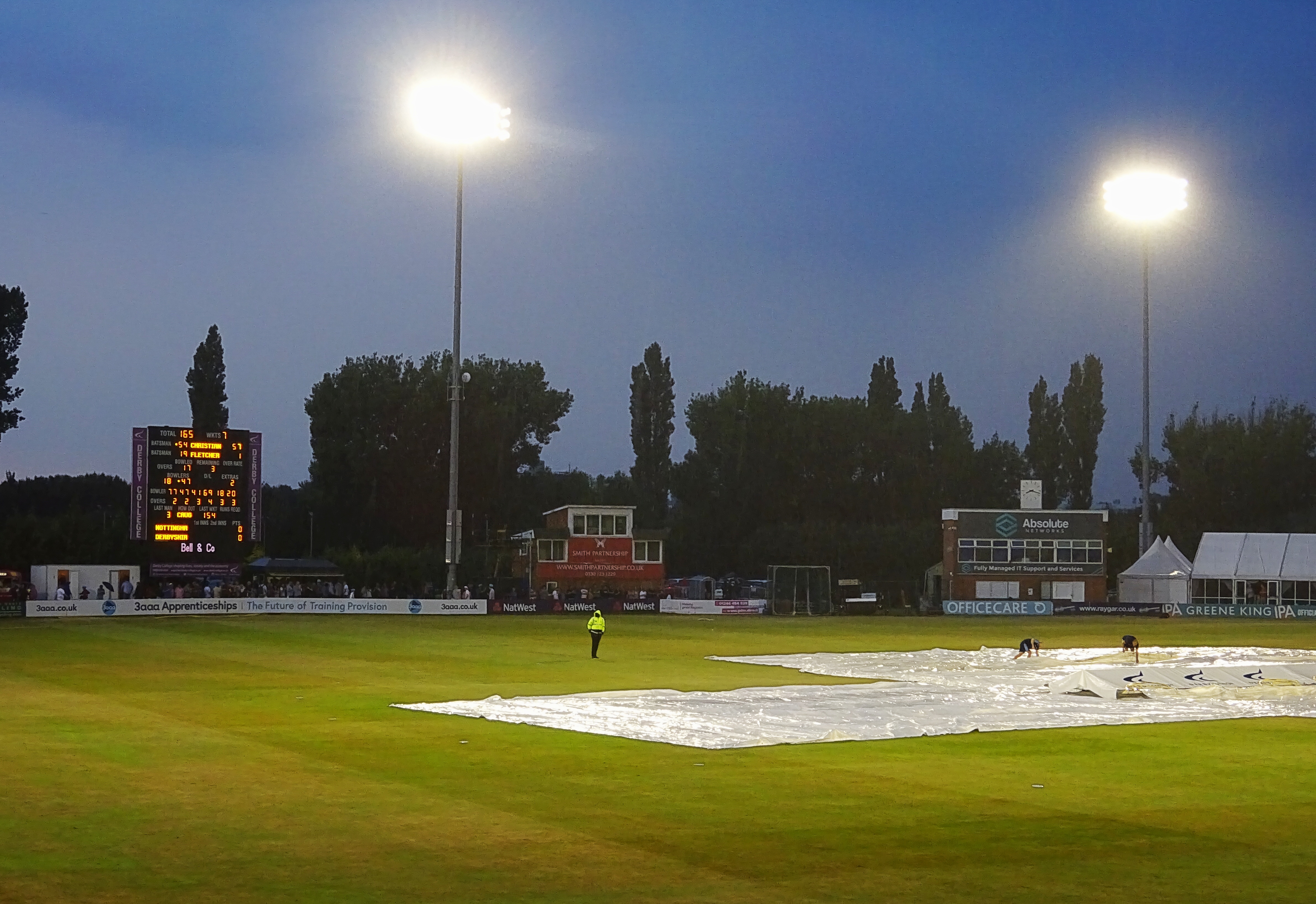As night begins to fall, a typically wet and gloomy day farewells London. Despite the dark overcast skies, all eyes are drawn to the centre of The Oval. As the clock just passes 6pm, the umpires re-emerge onto the ground and officially confirm the final test of the 2005 Ashes is over to an exuberant and energetic English crowd.
England had led the series 2-1 with Australia needing to win the final test to retain the Ashes and draw the series. This final match however would be hounded by rain and bad light, ultimately helping England draw the game and win the Ashes after 18 long years, ending Australia’s winning streak.
Fast track to 2023 and England are in prime position at Old Trafford Cricket Ground to win the fourth test match of this year’s Ashes series and keep their chances of regaining the urn alive. However, in similar circumstances to 2005, rain and bad light affect the match and this time it goes against the English side.
England had been dominating the test and were ultimately going to win if it wasn’t for the wet weather, which would have then levelled the series 2-2.
Since the match in July, various discussions over the idea of implementing a stand-by day to make up for any significant disruptions in all test matches have ensued. A ‘reserve day’ in cricket has only been applicable when unforeseen circumstances or bad weather affect a significant or important knockout match.
The Indian Premier League 2023 final, which was scheduled to be played on 28 May 2023, had to be postponed due to wet weather and was instead held a few days later on a reserve day. The 2019 World Cup semi-final between India and New Zealand also had to be delayed and resumed on a reserve day after rain interrupted the Kiwi’s batting innings.
Former Australian test captain Tim Paine agrees with the idea of a reserve day in knockout stages, however, doesn’t believe it’s needed for all test matches.
“I like the idea of a reserve day in knockout stages of world cups (50 & 20 over matches) and for the World Test Championship (WTC) final if it continues as a one-off test match,” he tells upstart.
“Nearly all tests are played as part of a series during the WTC and points are awarded for a draw.
“A team trying to and or succeeding in holding out for a draw can be just as entertaining and enthralling to watch.”
Test cricket is played far more aggressively in 2023 than it once was as it is, with draws becoming less frequent. However, nothing can be done when rain or bad light comes into play.
British-born Australian journalist Gideon Haigh has strong opinions on the drama that unfolded after this year’s fourth Ashes test.
“It’s bull****,” he tells upstart.
“I was disappointed with the outcome of the Old Trafford test too, but I dare say that had England escaped with a draw, there’d be nothing like the same hue and cry.”
For Paine, who played 35 tests throughout his career, there are a number of things that still need to be looked at and managed before thinking about bringing in reserve days to all test matches.
“In the odd test it will make sure we get the full amount of overs in for the game but I don’t believe it will always guarantee a result,” he says.
“Things that need to be looked at include over rates, use of lights to solve the bad light issues, use of lunch, tea and drinks breaks on rain effected days and even loosening of start and finish times if and when possible.”
With the discussions circulating the media, the England Cricket Board (ECB) and ICC dismissed calls to introduce reserve days for Ashes tests as it would cost more than £1.5 million over a five-match series.
Haigh believes if they were to put reserve days in place for all test matches, elements such as logistics, scheduling, funding and broadcasting will make it nearly impossible to do so.
“There are too many unresolved issues,” he says.
“At what point does it become necessary for time to be made up? If half a day is lost? A full day? If any overs are lost at all? How you staff a ground at such short notice? How do you ticket? Is it fair to commit umpires to a sixth day? Commentators? Making schedules tighter, less flexible, more restrictive?”
Ultimately, the implementation of a reserve day in test match cricket seems unlikely in the near future.
For Haigh, a test match resulting in a draw has always been an integral part of the game, anyway.
“There’s nothing wrong with a draw,” he says.
“Draws have always been part of test cricket, and they are not a problem now – we have fewer than ever.”
Photo: Floodlit cricket by It’s No Game is available HERE and used under a Creative Commons License. This photo has been modified.






